Mozambique: Spain pledges support for primary health care
Mozambique attacks: Humanitarian organisations face “infinite needs”
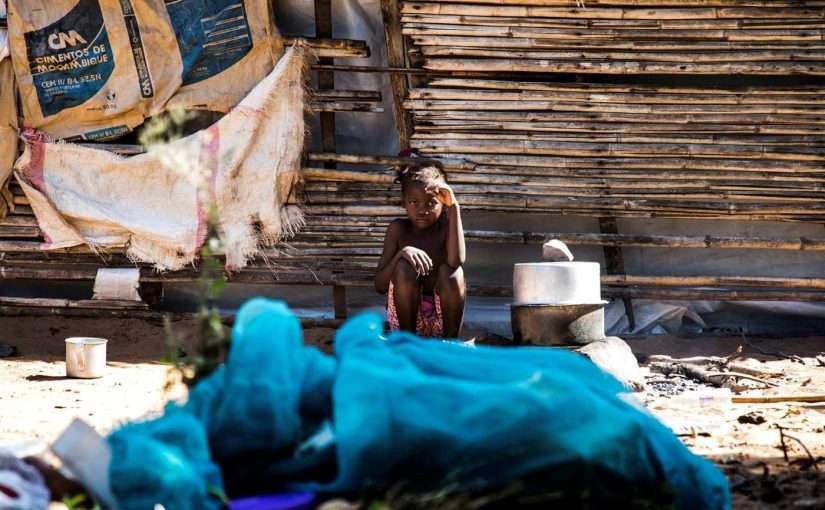
Photo: Lusa
Manuel Nota shows the way down a sandy road in the Chuiba area, on the outskirts of Pemba, to meet yet another family displaced by the armed violence in Cabo Delgado.
In the distance, next to a leafy cashew tree, you can see a precarious building made of clay, wood, grass, plastics and zinc sheets, which started as housing for 14 refugees in December, 2019.
But the intensification of the incursions of armed rebels associated with jihadi Islamic State group, and of clashes with Mozambican military, have put more people to flight, and, today, it houses 30 people in a miniscule space, and without any facilities.
“Of course, we have a lot of work, because the displaced never stop reaching the city of Pemba. As in any other district. Cabo Delgado ended up becoming a home for displaced people,” the Pemba director of the Catholic humanitarian organisation Caritas warns.
The calls for help require permanent mobilisation: “We have displaced people everywhere, and it is a great challenge to respond to their needs, which are practically infinite,” Nota says.
“The few humanitarian organisations that are operating in this province are failing to get the job done,” he admits, and the reasons are clear: the same conflict that displaced 250,000 people forced support missions to withdraw, a scenario now aggravated by the restrictions associated with Covid-19.
In the shade of the mango tree is 61-year-old Vicente Tiago’s family, mostly young people and children, some babbling their first words while moving playing on the ground, between a stove, pots and pans.
“They suffered a lot, these daughters of mine,” he says, recalling that one was just eight months old in December when Vicente, his wife, and their four other children fled the area after attacks on Muidumbe, a village 200 kilometres north of Pemba.
“She was too thin when we arrived”, he describes, and, despite regaining weight, she is not out of danger.
“There is a high level of malnutrition” among the displaced, Nota remarks.
“The physical aspect shows that they are experiencing serious feeding difficulties,” he says, preferring not to use the word hunger, and instead saying: “What has been given is not enough”.
“We hand out 30-day ration kits, but it ends up not covering the entire month, because people use it for breakfast, lunch, snacks and dinner,” he explains.
For each group of five people, the ‘kit’ contains 25 kilograms of rice, 25 kilograms of flour, five litres of cooking oil, 10 kilograms of beans, two kilograms of salt and four kilograms of sugar.
Vicente Tiago looks at the bags he received a few days ago and makes it clear that, as in previous months, they will not be enough for 30 days.
“It’s not enough. And when it’s over, we’ll only have the money from over there,” he says, pointing to a roadside stall where 19-year-old Bertina Marcelina, one of the girls in the household, has started a selling homemade drinks.
Selling one little bottle is enough to buy a portion of rice.
“When she’s made 50 or 100 meticais, we run to the store,” he says. It may be the portion that saves the day, and: “The children eat first – they cry. But an adult does not cry,” or, at least, doesn’t show it.
Escape for survival is a date with food insecurity. “People leave their homes, leave their barns there and move to other districts where there is not food” for everyone, Nota explains.
Vicente Tiago well knows it. He lived as a smallholder in Muidumbe and, when he fled from the insurgents who destroyed his village, he left behind two hectares of vegetable garden.
Next to the house land he now occupies in Chuiba, he has planted cassava and beans that are already growing, but nothing that compared to what he had.
In Muidumbe, even the corn was left unharvested, his only thought at the time getting out from under fire.
“We ran into the woods and at dawn to another village,” with only the clothes on their backs and the desire to sleep in peace, something which they only found in Pemba.
It wasn’t long before almost all the remaining family were reunited.
In addition to food, blankets are another necessity “There are many people sleeping in the open,” Nota says, “because there not space or tents” for everyone, as is the case at Vicente Tiago’s house.
Some of the group of 30 sleep outside, on mats or fabric on the ground, with plastics stretched over stakes their only protection, while inside every inch is occupied.
“Yesterday we removed a snake from inside,” says Vicente.
The sun is already high, and today there is a pot of rice on the stove to assuage the hunger, but the bags of food empty quickly, and Bertina Marcelina goes back to the stall by the sandy road .
With two daughters on her lap, she waits for customers who buy the drink “made of sugar and tea leaves” while reminiscing about her life and her forced move to a strange land.
“I had friends there. I went to school and the children had something to eat. But today it is difficult,” she says, without offering any alternative, returning to Muidumbe being out of the question.
At least for now, because “I would have to keep running, with the kids”.
“We need to join forces to respond to this problem,” the Caritas director says. He is intensifying the elaboration of building projects to submit to funders.
Since February, more than 5,000 families have been assisted in different parts of Cabo Delgado, but the tide of displaced people, like the conflict itself, continues.


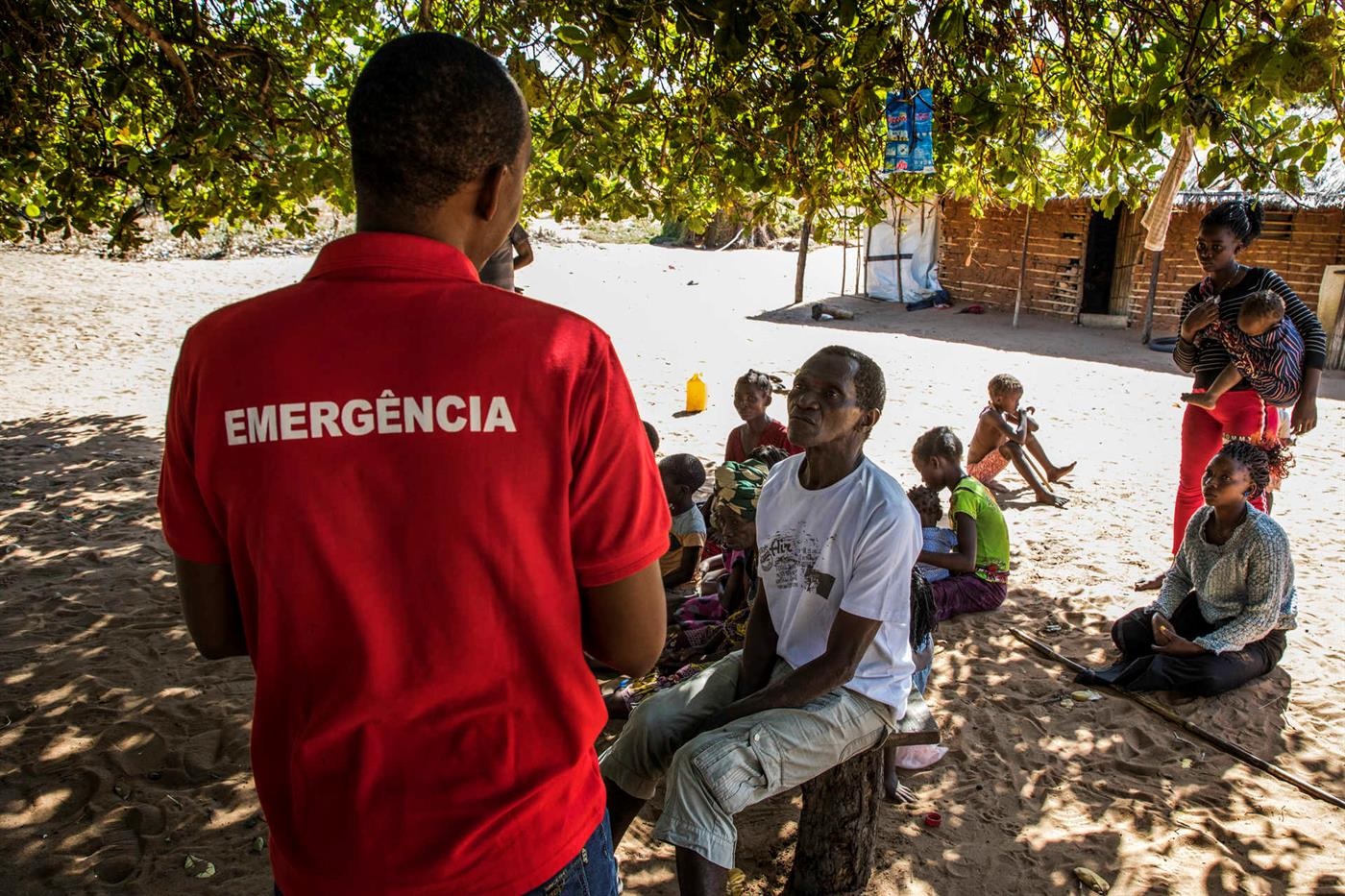
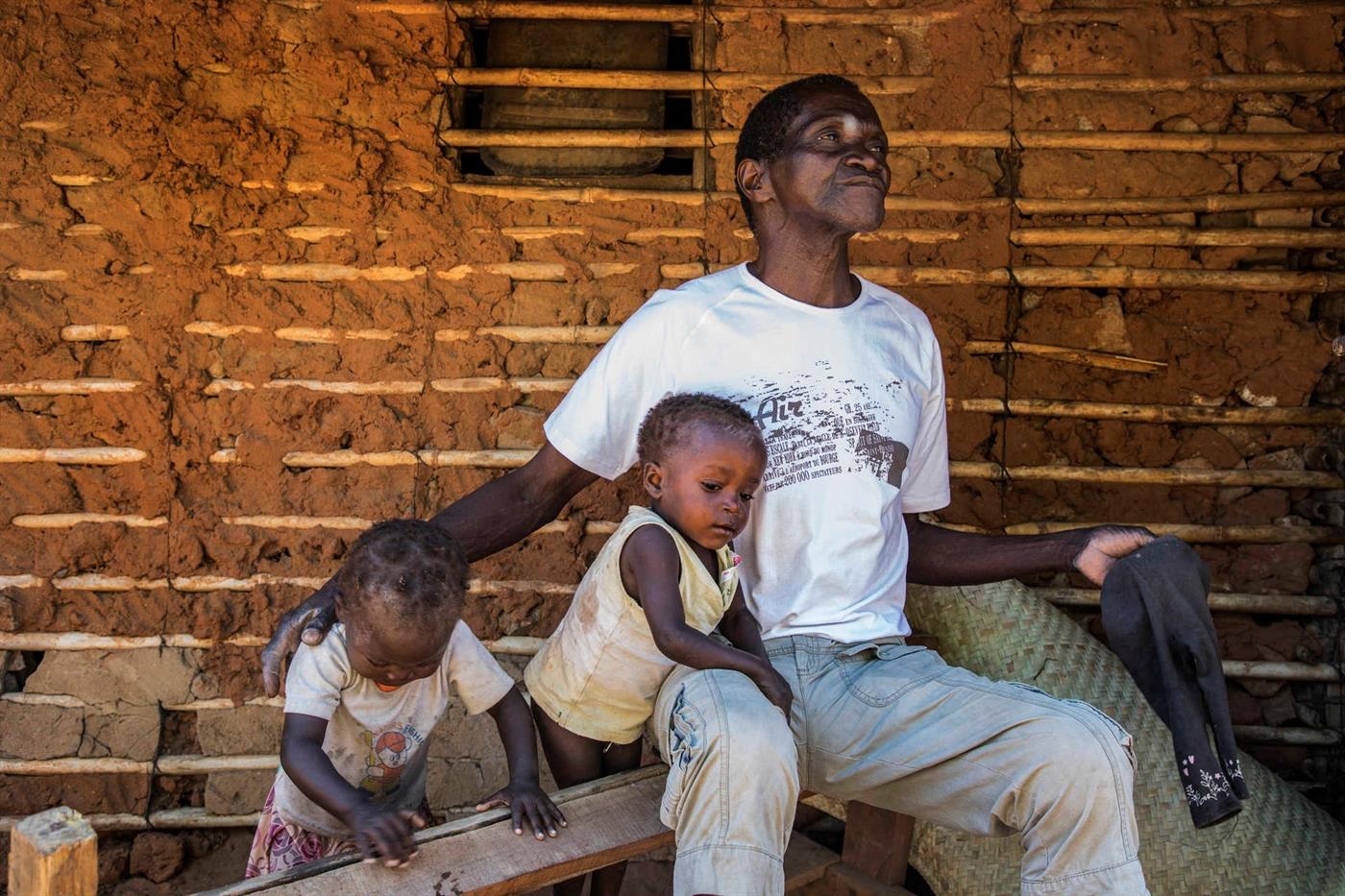
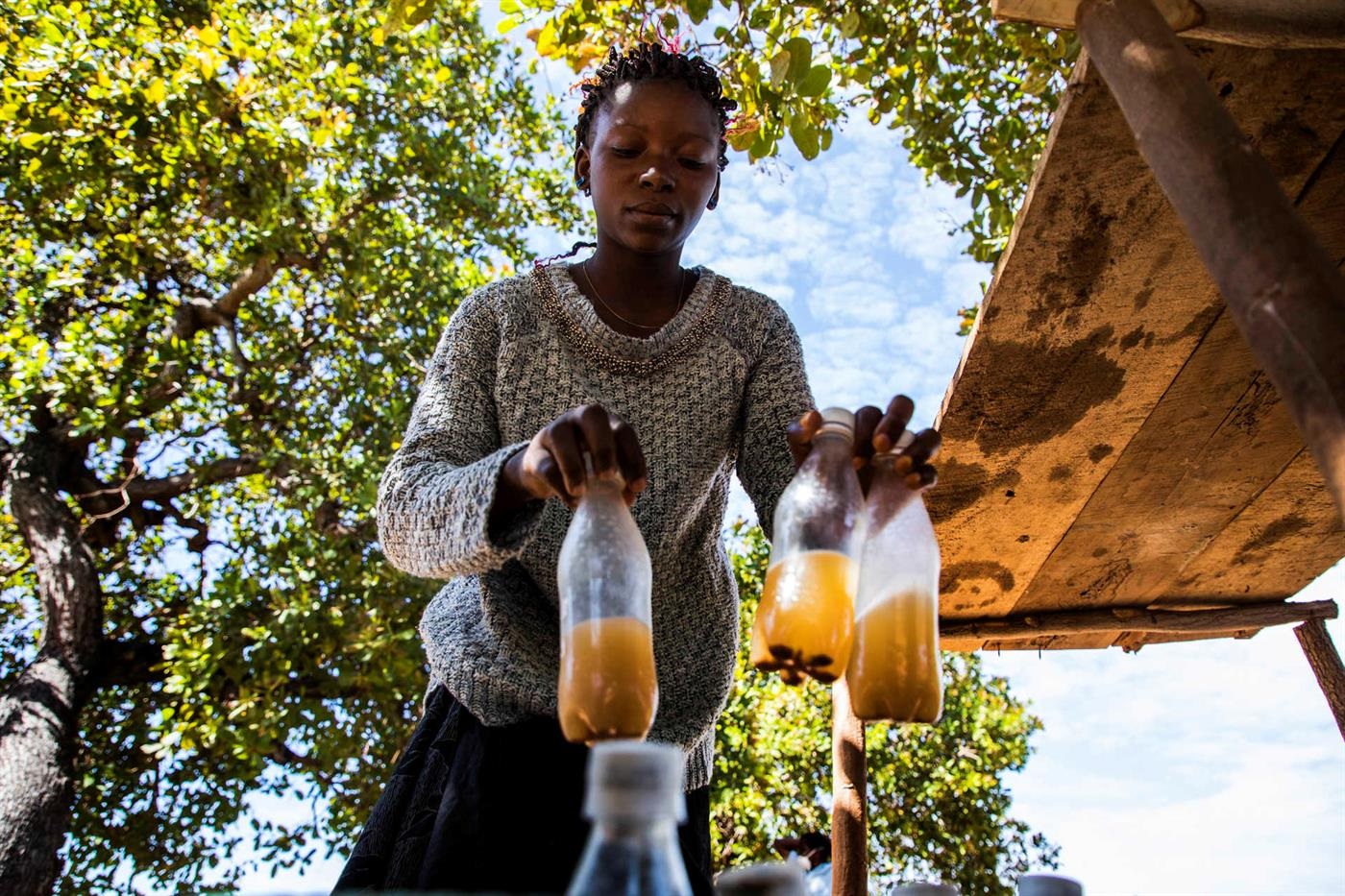
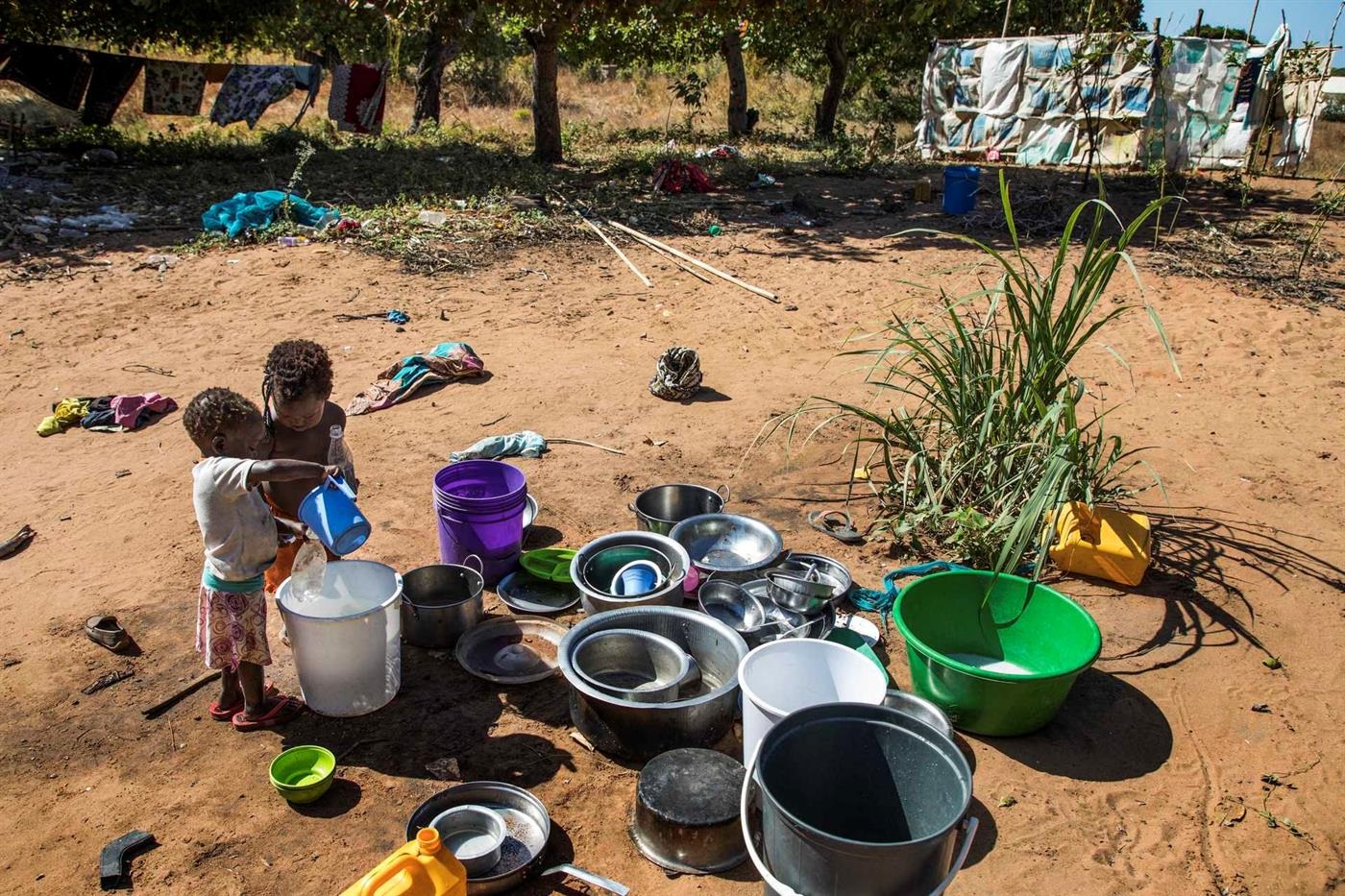
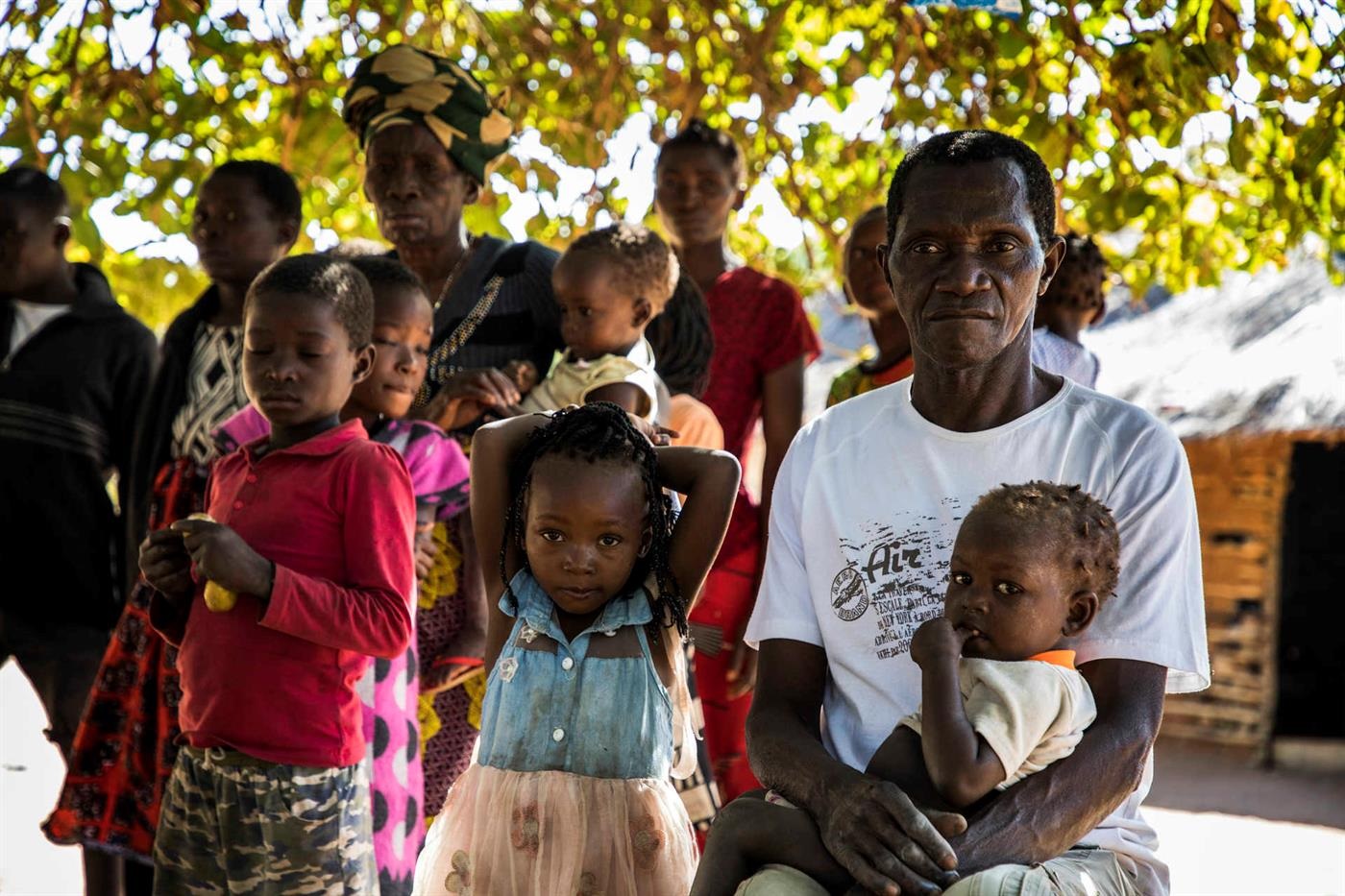
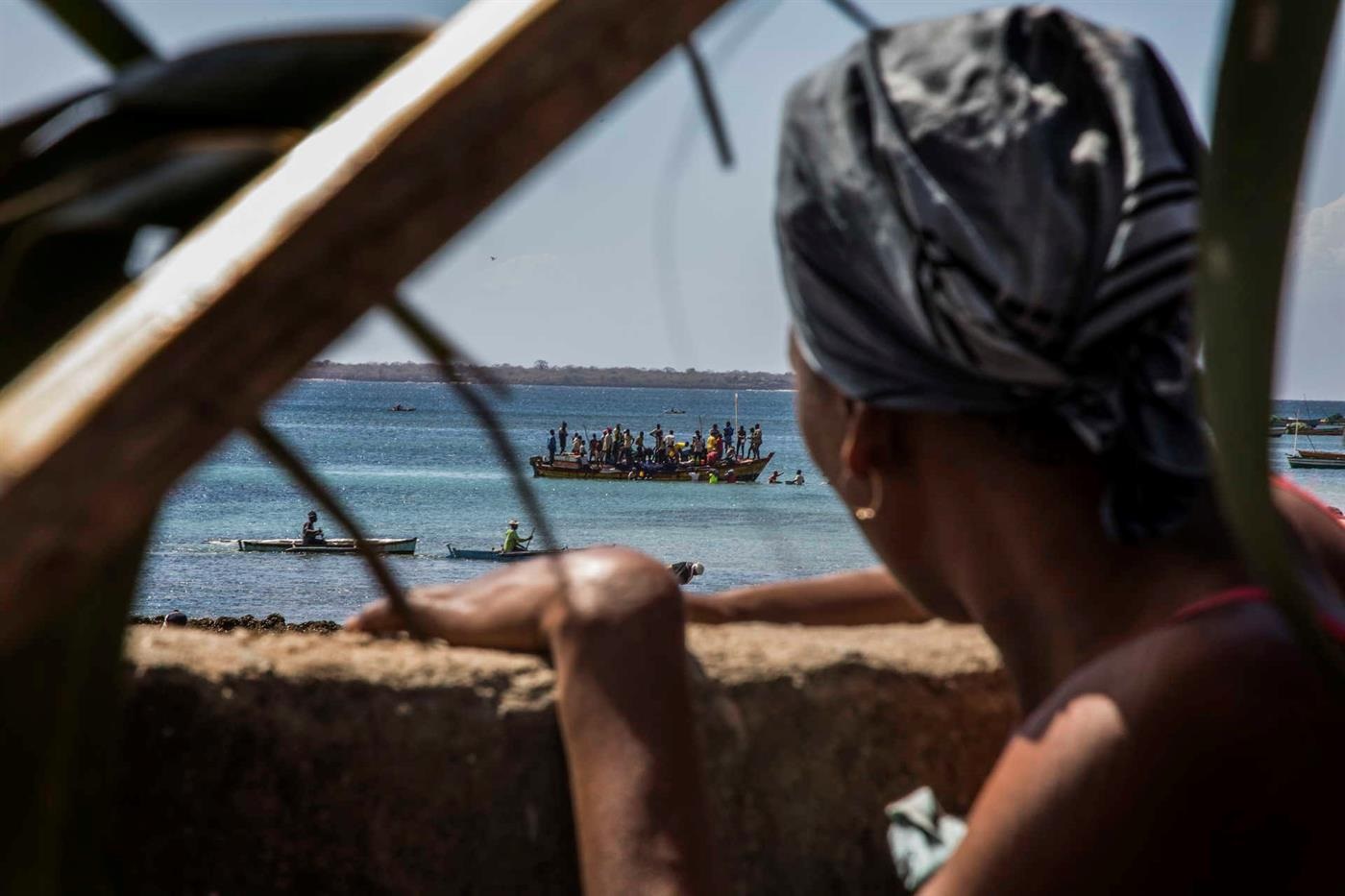
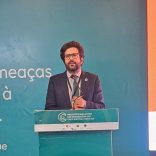





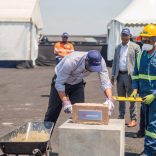



Leave a Reply
Be the First to Comment!
You must be logged in to post a comment.
You must be logged in to post a comment.